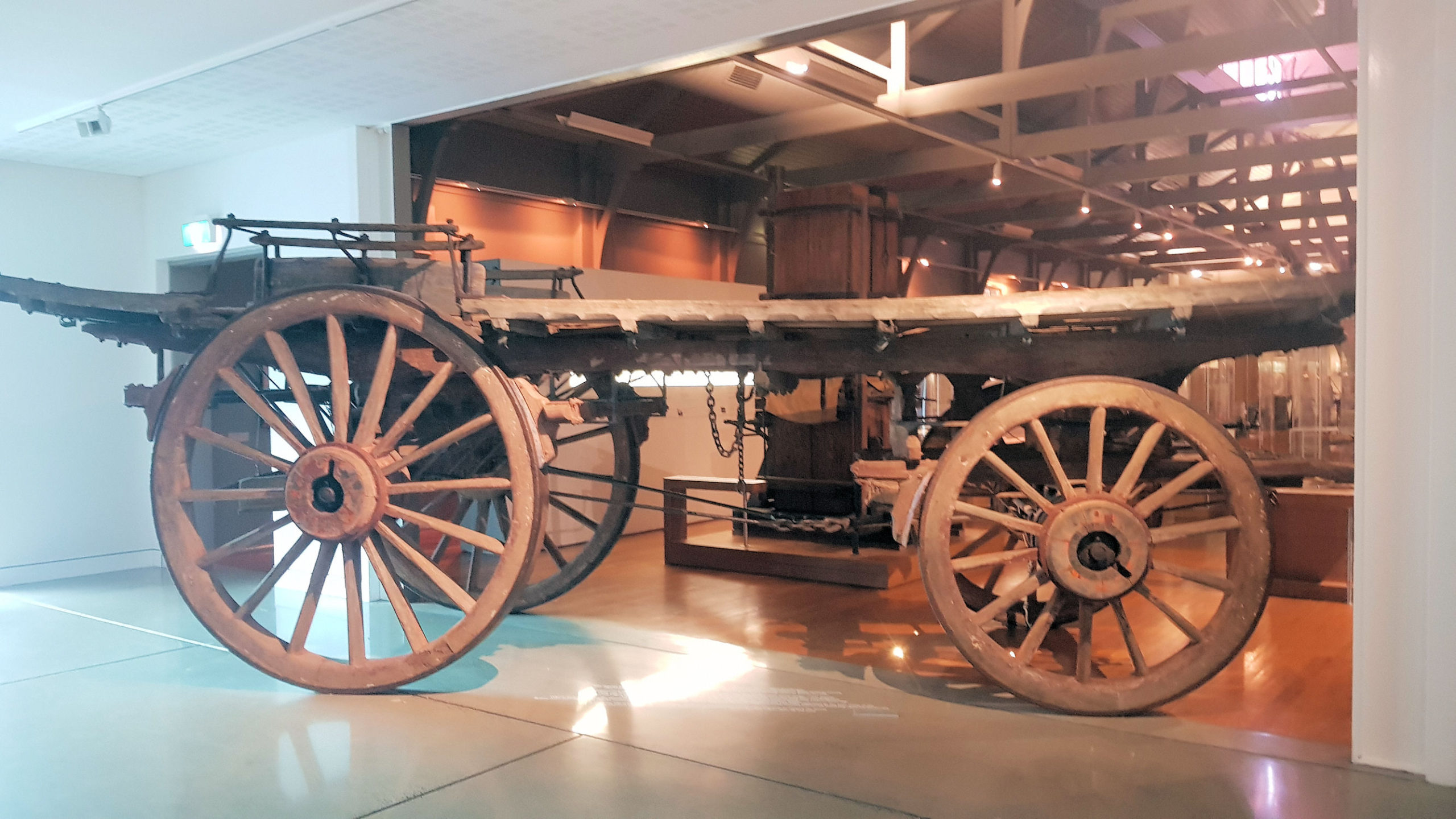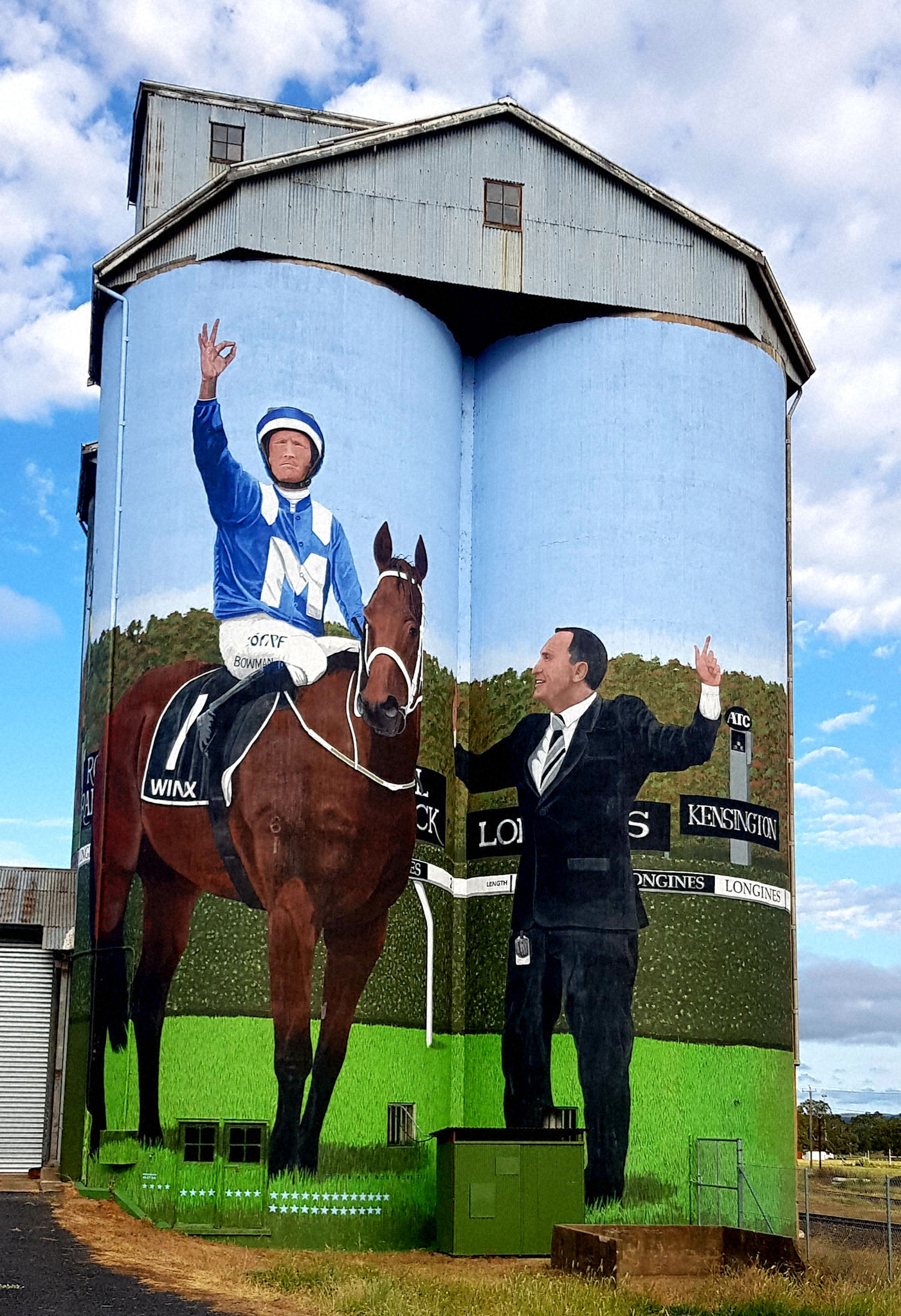Category: Central West
-
Western Plains Cultural Centre

Western Plains Cultural Centre Located on Wingewarra Street Dubbo the Western Plains Cultural Centre has an excellent collection of local historical displays and art. During our visit the local final year students had their artwork on display, which was great to see. The museum section displayed a large range of items, which provided a feeling… Read more
-
Dunedoo Silo Art Racehorse Winx

Dunedoo Silo Art Located at the junction of the Golden and Castlereagh Highways, Dunedoo has joined the list of town with grain silo art. This is an interesting choice of subject, because the jockey, Hugh Bowman is from Dunedoo. Bowman won 33 of Winx’s 44 races (she won a total of 38 of the 44… Read more
